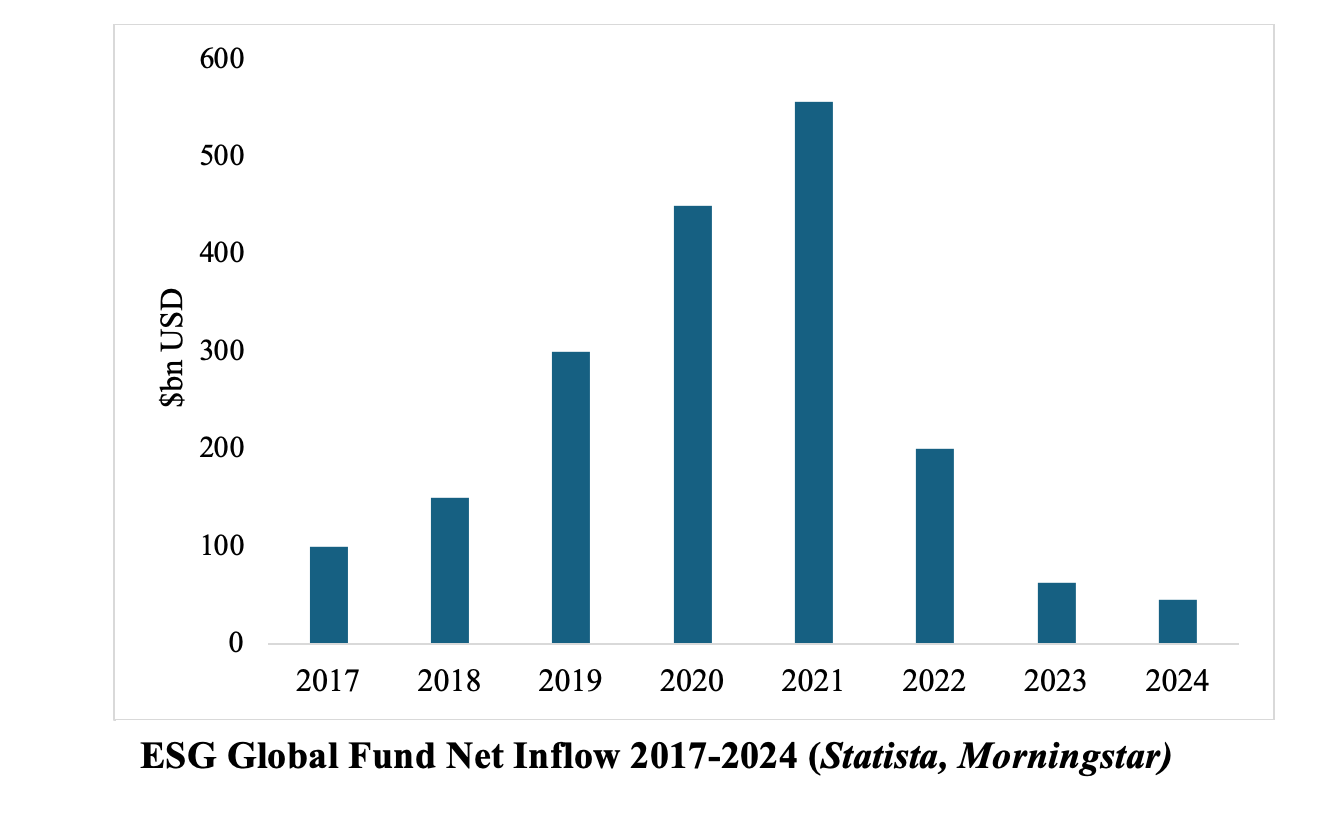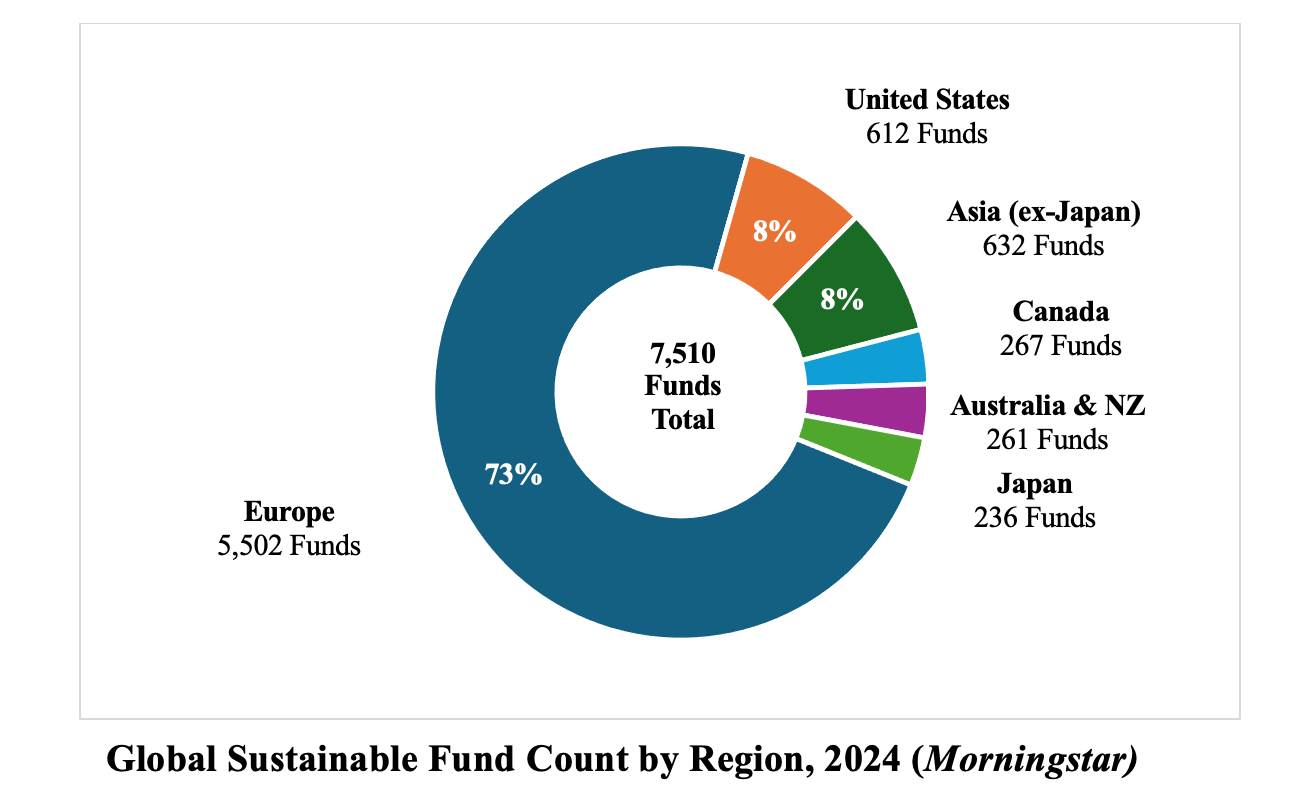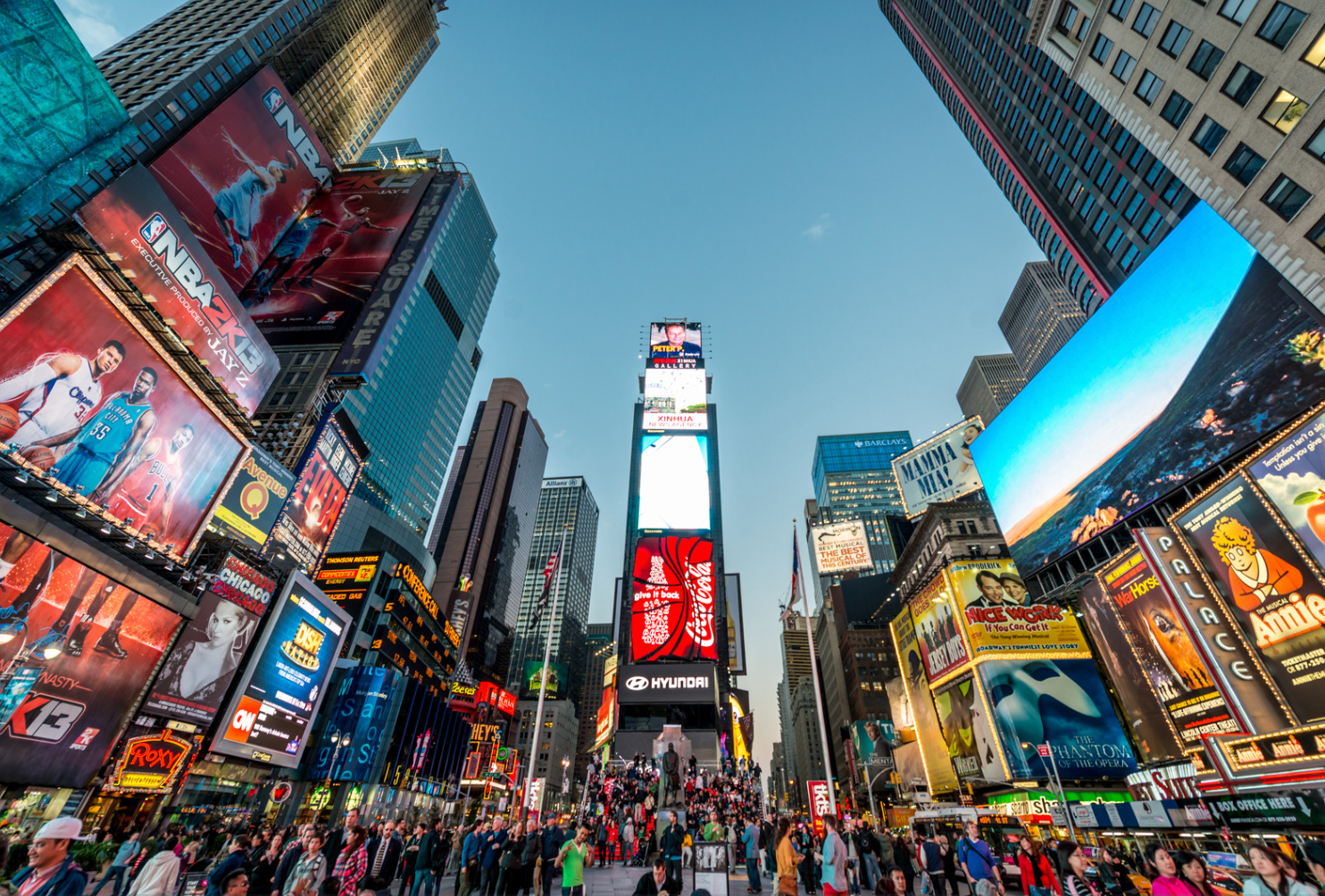Sustainable Investing?
Where do sustainable investing practices sit in a changing world?

Landman, Paramount
My sustainability footprint is an issue I have given much consideration to over the past 30 years. My concern for the state of the earth and my continued negative impact to it weighs on me; I question the probability of whether the earth will be habitable in three, four or five generations. The increasing number of climate disasters combined with the scale of the disasters are surpassing predictive models at an alarming rate. I know I am not alone with this anxiety, climate change continues to rank in the top 3 concerns people in developed countries have.
Looking beyond changing our behaviour and reconfiguring our community's infrastructure, is sustainable investing driving meaningful impact for this issue?
To date, we've been told marketing tactics are problematic, what is legitimately green investing vs. greenwashing continues to be a material barrier for investors to overcome. In addition, performance is inconsistent and institutional participation levels remain wobbly. To cut through sales messaging, I sought a subject matter expert to provide perspective on the reality of sustainable investing.
The State of Sustainable Investing in 2025
Where do sustainable investing practices sit in a changing world?
Authored by Tyler Ferguson, BComm, MSc, Analyst
Where does sustainable investing stand amid the frenzy of AI breakthroughs, rising global tensions, and shifting political landscapes? Once seen as a clear-cut way to support positive change, the definition of a "sustainable investment" has become increasingly blurred, with investors applying varying criteria. Today's sustainability funds prioritize companies with high environmental, sustainable, and governance (ESG) scores, yet growing scrutiny over profitability and real-world impact is reshaping investment habits. Investors are moving beyond feel-good labels, demanding greater accountability, tangible results, and financial resilience. This evolving landscape marks a shift from symbolic commitments to a more rigorous, impact-driven approach to sustainable investing.
Sustainable investing, by definition, is a philosophy where investors consider a company's ESG factors. (1) These considerations could touch on a company's environmental impact, such as carbon emissions and resource use; social factors, including labour practices and community engagement; and governance standards, like executive transparency and shareholder rights. The industry realized a renaissance following COP 21 (21st Conference of Parties), which culminated in the ratification of the Paris Agreement, an international treaty aimed at limiting the global average temperature increase to well below 2°C above pre-industrial levels by reducing greenhouse gas emissions.(2) This global commitment kickstarted a vast increase in investments into the sustainable space, as governments, corporations, and investors alike sought to align their portfolios with the growing focus on climate action and environmental stewardship, driving the rapid expansion of green and sustainable financial products. From 2017 to 2022, funds that were identified as sustainable or ESG-driven realized exponential growth, highlighted by net inflows of $50bn USD in 2016 to $557bn USD by 2021.(3) However, following this peak, the market stumbled in 2022, mirroring broader declines in equity markets.

Net inflows into the sustainable investing market have yet to recover to the levels seen between 2017 and 2022. This decline can partly be attributed to the rise of anti-ESG mandates in the United States. Leading up to the 2024 U.S. presidential election, prominent Republican figures, including candidate Donald Trump, criticized ESG considerations in investment decisions, arguing they hinder profitability.(4) This political movement prompted asset managers like JPMorgan and State Street to exit the Climate Action 100+ coalition, an investor-led effort to push the biggest corporate greenhouse gas emitters to take action on climate change, citing conflicts between ESG goals and maximizing client returns.(5) As of December 2024, 17 states have passed anti-ESG laws regarding public investments, while several states like California and New York have enacted laws supporting ESG, further deepening the American divide on the issue.(6)

Political pressure was not the only factor leading to low inflows for sustainable funds in recent years. Sustainable funds have underperformed compared to their conventional counterparts, as rising interest rates created headwinds for key sectors. Clean energy and other green stocks were particularly impacted, facing increased borrowing costs and reduced investor appetite. This underperformance led some investors to reassess their exposure to sustainable assets, prioritizing financial returns over ESG commitments.
Amidst this backdrop, greenwashing concerns persisted, with regulators and stakeholders demanding greater transparency in ESG disclosures. Greenwashing occurs when brands make themselves appear more sustainable than they are. Scrutiny over vague sustainability claims intensified, prompting calls for stricter reporting standards and clearer investment criteria.(7)
Recent examples of companies caught greenwashing include Lloyds Banking Group for their misleading LinkedIn ads on the bank's sustainable practices, Active Super for misrepresenting ESG-related investments, and TotalEnergies' Instagram campaign aimed to promote sustainability while the energy giant has increased its emissions and owns a majority stake in the African Crude Oil pipeline project.(8)
Despite these setbacks, demand for sustainable investments remains strong. A January 2024 Morgan Stanley report found that over half of surveyed investors plan to increase their sustainable holdings within the year, with many citing financial performance as the key driver.(9) While the sector has evolved from its 2021 peak, sustainable investing continues to adapt, reflecting shifting market dynamics and investor priorities. Sustainable investing trends in the United States have made their way into Canadian institutions, shaping market dynamics north of the border. In 2024, Canadian ESG funds faced consistent outflows, largely due to performance challenges and growing concerns over greenwashing. In Q2 alone, the sector saw a substantial USD 1.4 billion outflow, with 93% of that stemming from a single BMO fund. Despite this, Canadian institutions remain optimistic—National Bank launched two new ESG-focused funds in Q4 2024, bringing the year's total to twelve.(10)
The way investors choose to invest in sustainability will continue to evolve. Amid ever-stricter ESG reporting regulations across the EU, individuals are starting to move away from sustainability champions and towards more impactful companies. Significant opportunities in the energy transition will arise, with the International Energy Agency estimating over USD 6 trillion in annual investments required until 2030. Despite past struggles in the green solutions sector due to high interest rates, a more favourable outlook is expected in 2025, with potential Central Bank rate cuts and increased efficiency in green companies, supported by technological advancements and rising demand for power. Investors are expected to deploy their capital to renewable energy companies and manufacturers who support the industry.(11)
Further industry shakeups include the European Securities and Markets Authority (ESMA) implementing ESG fund-naming guidelines in November 2024, requiring that 80% of a fund's investments align with ESG terms and exclude fossil fuels. These rules aim to prevent greenwashing but have faced criticism for limiting investments in high-emission sectors. Morningstar predicts that 30% to 50% of EU ESG funds will change names by mid-2025, which accounts for over 80% of global ESG funds under management, with some adopting fossil-fuel-free or transition-focused strategies.(12)

On the fixed-income side, the green, social, sustainable, and sustainability-linked bond markets are expected to receive a substantial boost in issuance driven by a favourable interest-rate environment and strong investor demand. Morningstar expects annual issuance to surpass $1tn USD in 2025. The EU will launch a new green-bond market with a voluntary standard for enhanced reporting and verification, requiring 85% of funds to support EU Taxonomy-aligned activities. Additionally, more green bonds will be issued to finance green-enabling projects critical to the transition, such as materials for green technologies and emission-reducing building materials.(13)
Sustainable investing continues to evolve amidst global conflicts, political pressure, and shifting investment trends. After significant growth from 2017 to 2021, the sector faced setbacks, with underperformance in key areas like clean energy stocks, rising interest rates, and increasing greenwashing concerns. Despite this, strong investor demand persists, with projections for growth in green bonds and renewable energy sectors and stricter regulations like the EU's new fund-naming guidelines, which aim to combat greenwashing and drive more impactful investments.
In 2025, it's anticipated that sustainable investors will gravitate toward sectors poised for long-term growth, such as renewable energy infrastructure, critical minerals, and companies enabling the energy transition. As the market matures, investors prioritizing sustainability and financial resilience will be best positioned to capitalize on emerging opportunities. This, of course, hinges on the priorities of the U.S. President. His "Drill, Baby, Drill" stance signals a strong commitment to expanding domestic fossil fuel production, often at the expense of environmental considerations. This approach suggests an administration prioritizing energy independence and economic gains over climate action, raising concerns about the long-term impact on air quality, emissions, and global sustainability efforts. If this mindset shapes policy decisions, the transition to cleaner energy could face significant roadblocks, prolonging reliance on high-carbon industries despite growing global momentum toward sustainability.
1 https://www.investopedia.com/sustainable-investing-4427774
2 https://www.un.org/en/climatechange/paris-agreement
3 https://www.statista.com/statistics/1549926/net-inflow-sustainable-funds- worldwide/?utm_source=chatgpt.com
4https://www.forbes.com/sites/daneberhart/2024/06/27/house-republicans-come-out-swinging- against-esg-movement-in-new-report/
5 https://www.reuters.com/sustainability/sustainable-finance-reporting/jpmorgan-fund-arm-quits- climate-action-100-investor-group-2024-02-15/
6 https://www.benefitspro.com/2024/12/16/ohio-passes-anti-esg-bill-which-would-ban- investments-in-state-pensions/?utm_source=chatgpt.com&slreturn=20250203-15719
7 https://www.morningstar.com/business/insights/blog/funds/us-sustainable-funds-performance
8 https://thesustainableagency.com/blog/greenwashing-examples/
9 https://www.morganstanley.com/ideas/sustainable-investing-on-the-rise
10 Morningstar, Global Sustainable Fund Flows: Q4 2024 in Review
11 https://www.morningstar.ca/ca/news/258561/6-sustainable-investing-trends-to-watch-in- 2025.aspx
12 https://www.stibbe.com/publications-and-insights/developments-in-green-bonds-on-21- december-2024-the-eu-green-bond



Focused on Impact
DHM’s impact extends far beyond individual interactions; with a commitment to excellence, coupled with exceptional leadership qualities, DHM has set a standard of excellence that continues to drive success.



